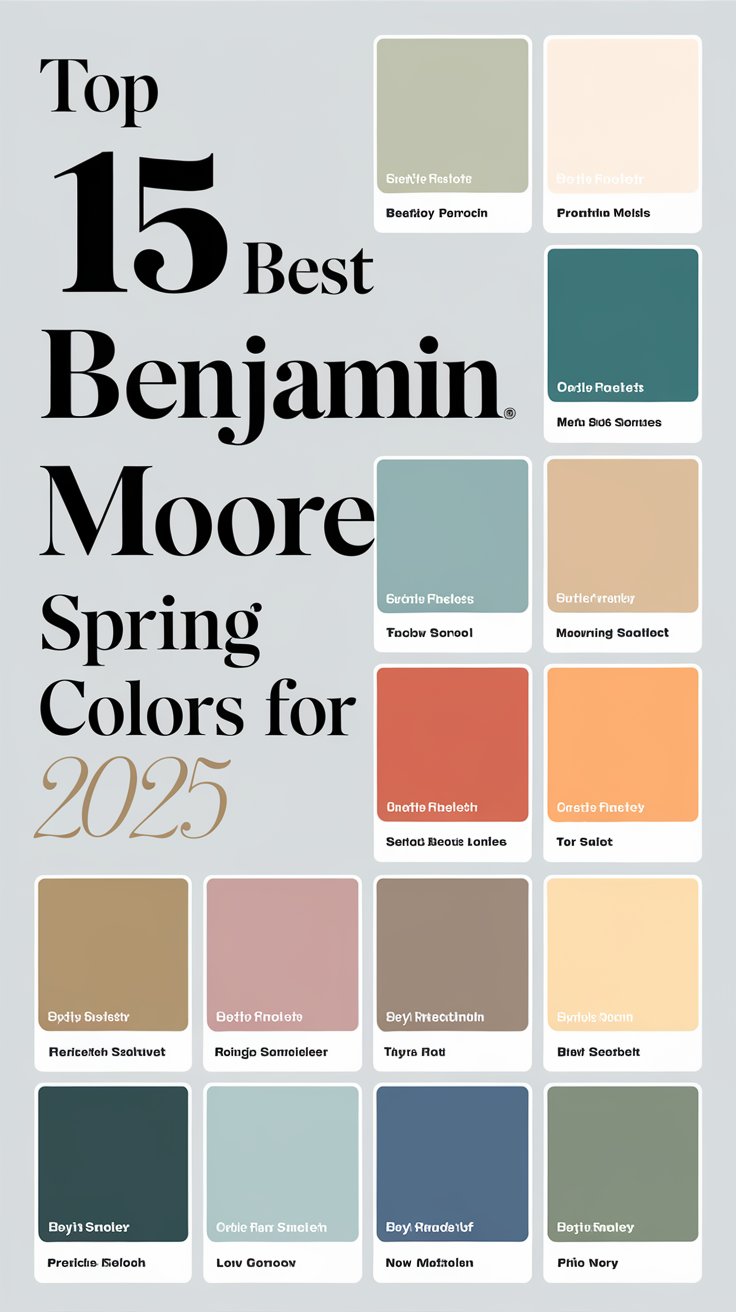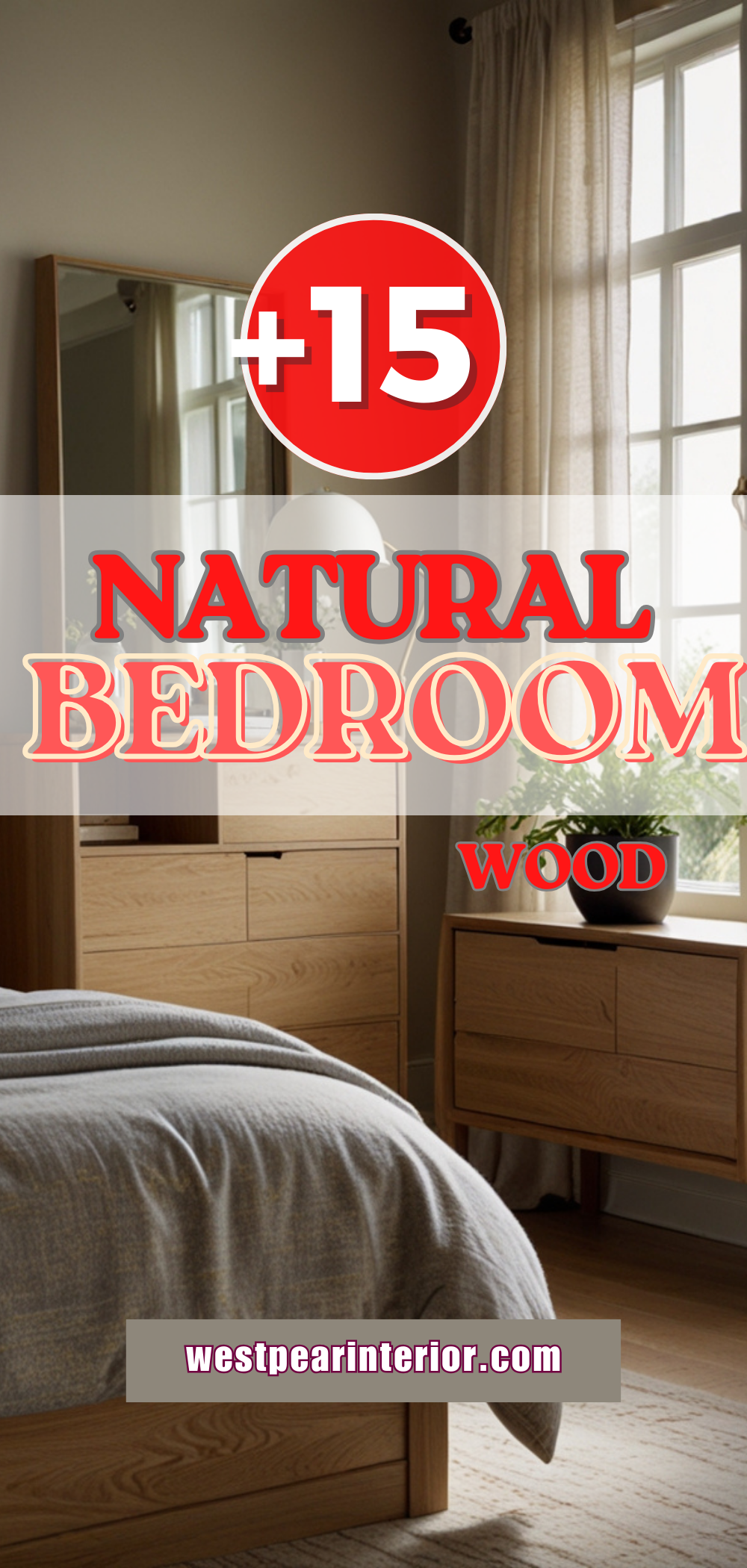Discover the perfect bedroom size for ultimate comfort and relaxation. Find out how to create your ideal sanctuary.
16px font size: Your ideal bedroom size should be based on your personal preferences and needs. When working with an interior designer, it is important to discuss your lifestyle, daily routines, and storage requirements to create a functional and aesthetically pleasing space. Consider factors such as the size of your bed, storage furniture, and any additional features you desire, such as a study area or reading nook. Space planning is crucial in optimizing the layout of your bedroom for comfort and convenience. Selecting a color scheme that promotes relaxation and restfulness can enhance the overall ambiance of the room. Consult with your designer on color matching and paint choices to achieve a cohesive look.
The ideal square footage for a master bedroom can vary depending on personal preferences and available space. However, a good rule of thumb is to aim for a master bedroom size that is between 200 to 400 square feet. This size range allows for a comfortable layout that can accommodate a bed, dressers, nightstands, seating area, and other essential furniture pieces while still providing ample space to move around freely.
My Lovely Spring Paint for 2025
Ready for a Spring Makeover? Explore the Freshest 2025 Paint Trends!
White Sage/Green SW Pistachio green Soft blue Honeysweet/Orange Pink Sugar Sage Tint BMAs an Amazon Associate, I may earn a commission from qualifying purchases at no extra cost to you.
To create the illusion of a larger bedroom without actually increasing the size, there are several design tricks you can use. One effective strategy is to use light and neutral paint colors on the walls and ceiling. This helps bounce natural light around the room, making it feel more spacious. Mirrors can also be strategically placed to reflect light and create the illusion of depth. Additionally, choosing furniture with legs rather than pieces that sit directly on the floor can help make the room feel more open and airy.
Choosing the right colors is crucial in making a bedroom feel more spacious. Opt for light and neutral hues such as soft white, pale gray, or beige to create an open and airy feel. These colors have a way of visually expanding the space and making it feel brighter. You can also incorporate pops of color through accessories like throw pillows, rugs, or artwork to add interest without overwhelming the room.
In a small bedroom, it’s important to prioritize space-saving furniture to maximize the available square footage. Consider multi-functional pieces like a storage bed with drawers underneath, a wall-mounted desk, or a floating shelf nightstand. These furniture choices help make the most of limited space while still providing functionality and style.
My fAV Spring DECOR for 2025
Discover Spring’s Best 2025 Decor Combinations – Perfect for Any Room!
Oversized Indoor Plants White Curved Sofas Rugs BOH Brown Cream Moroccan Hype Boho Rug Outdoor Patio Furniture Sets Topfinel Pillow CoversAs an Amazon Associate, I may earn a commission from qualifying purchases at no extra cost to you.
When looking for alternative paint colors for small bedrooms to make them appear bigger, consider soft pastels like light blue, lavender, or blush pink. These colors have a calming effect and can visually expand the space. If you prefer a bolder look, opt for soft greens or light grays, which can also help create a sense of openness.
Get creative with storage solutions in a small bedroom by utilizing vertical space. Install shelves or wall-mounted storage units to keep items off the floor and free up valuable space. Use storage containers that slide under the bed or hang organizers on the back of doors to maximize storage options without cluttering the room.
Some common mistakes to avoid when decorating a small bedroom to make it look larger include overcrowding the space with too much furniture, using dark and heavy curtains that block natural light, and neglecting to declutter regularly. Keep the decor simple and streamlined, and ensure that every piece serves a purpose and contributes to the overall functionality of the room.
When designing your ideal bedroom size, consider factors such as your lifestyle, storage needs, and personal style preferences. By incorporating the right elements and design strategies, you can create a bedroom that feels comfortable, spacious, and visually appealing.
Key Takeaways
-Between 200 to 400 square feet is an ideal size range for a master bedroom.
-Use light and neutral colors to create the illusion of a larger bedroom.
-Prioritize space-saving furniture in a small bedroom to maximize space.
-Opt for soft pastel colors to make a small bedroom appear bigger.
-Get creative with storage solutions to maximize space in a small bedroom.
-Avoid common mistakes like overcrowding the space with furniture and neglecting to declutter regularly to make a small bedroom look larger.







